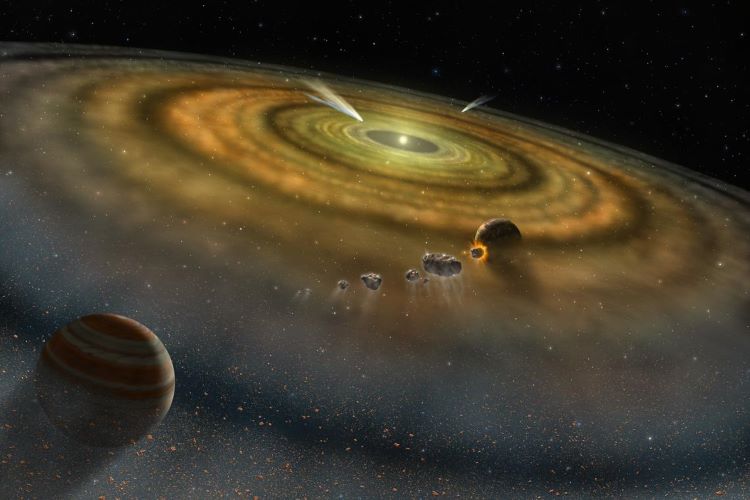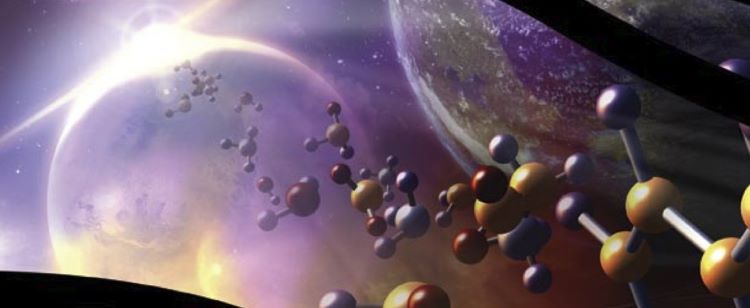Universe Today has had some fantastic discussions with researchers on the importance of studying impact craters, planetary surfaces, exoplanets, astrobiology, solar physics, comets, planetary atmospheres, and planetary geophysics, and how these diverse scientific fields can help researchers and the public better understand the search for life beyond Earth. Here, we will investigate the unique field of cosmochemistry and how it provides researchers with the knowledge pertaining to both our solar system and beyond, including the benefits and challenges, finding life beyond Earth, and suggestive paths for upcoming students who wish to pursue studying cosmochemistry. But what is cosmochemistry and why is it so important to study it?
Continue reading “Cosmochemistry: Why study it? What can it teach us about finding life beyond Earth?”NASA’s VERITAS Mission Breathes New Life
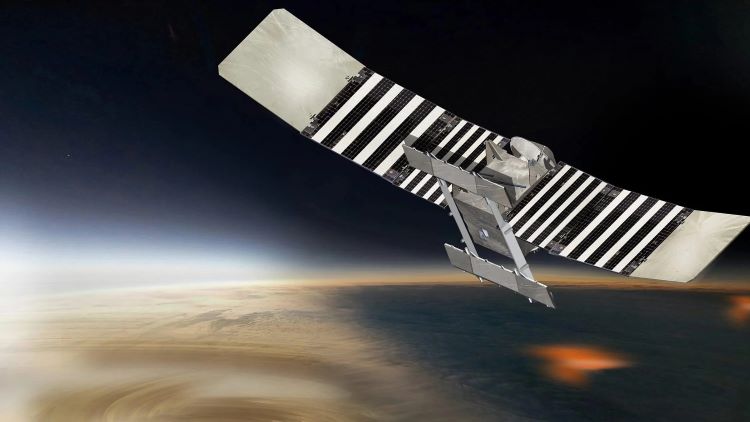
In a win for planetary scientists, and planetary geologists in particular, it was announced at the recent 55th Lunar and Planetary Science Conference (LPSC) in Texas earlier this month that NASA’s VERITAS mission to the planet Venus has been reinstated into NASA’s Fiscal Year 2025 (FY25) budget with a scheduled launch date of 2031, with the unofficial announcement coming on the first day of the conference, March 11, 2024, and being officially announced just a few days later. This comes after VERITAS experienced a “soft cancellation” in March of last year when NASA revealed its FY24 budget, providing VERITAS only $1.5 million, which was preceded by the launch of VERITAS being delayed a minimum of three years due to findings from an independent review board in November 2022.
Continue reading “NASA’s VERITAS Mission Breathes New Life”Europa Might Not Be Able to Support Life in its Oceans

Can Europa’s massive, interior ocean contain the building blocks of life, and even support life as we know it? This question is at the forefront of astrobiology discussions as scientists continue to debate the possibility for habitability on Jupiter’s icy moon. However, a recent study presented at the 55th Lunar and Planetary Science Conference (LPSC) might put a damper in hopes for finding life as a team of researchers investigate how Europa’s seafloor could be lacking in geologic activity, decreasing the likelihood of necessary minerals and nutrients from being recycled that could serve as a catalyst for life.
Continue reading “Europa Might Not Be Able to Support Life in its Oceans”Improving a 1960s Plan to Explore the Giant Planets
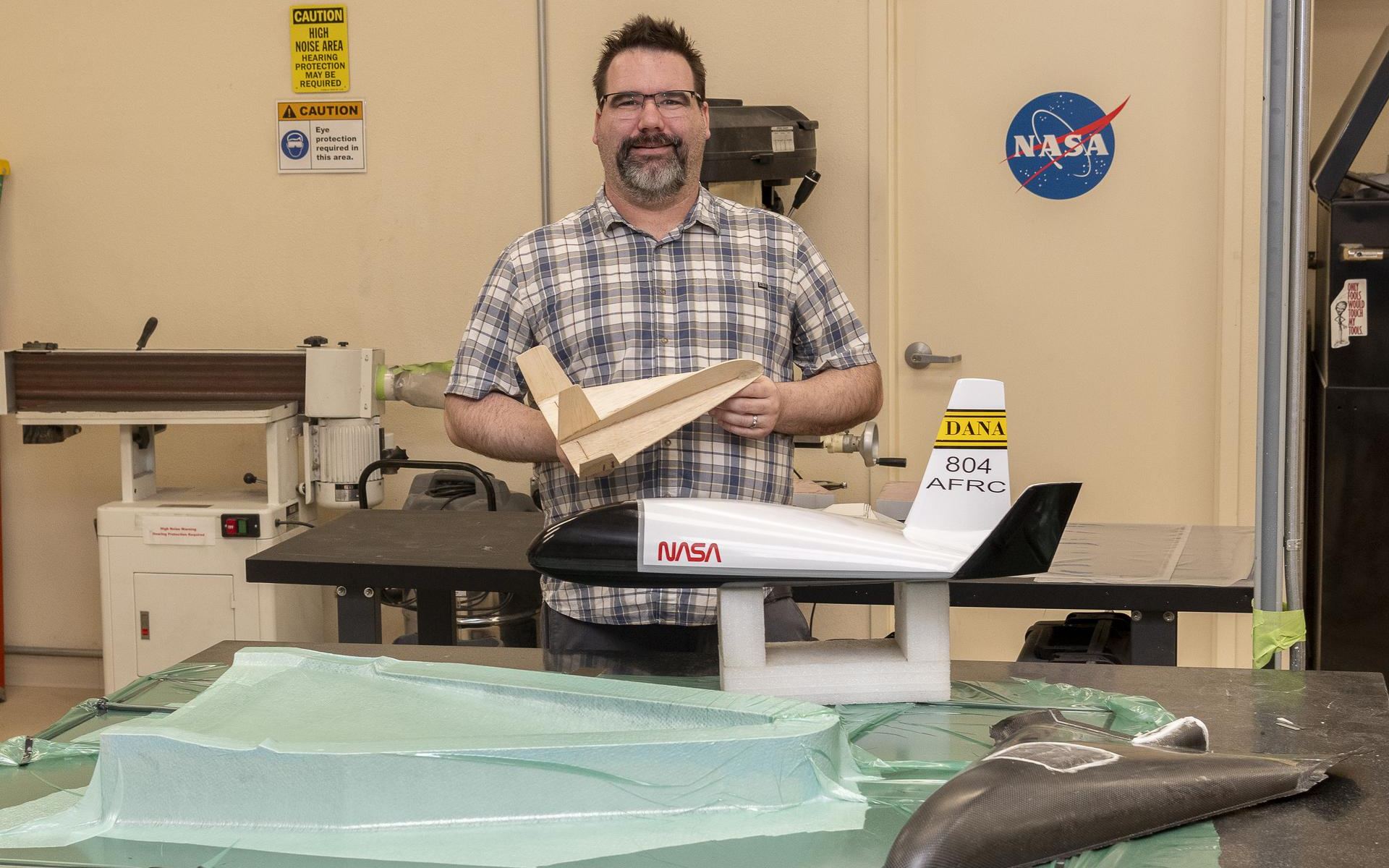
In the 1960s, NASA engineers developed a series of small lifting-body aircraft that could be dropped into the atmosphere of a giant planet, measuring the environment as they glided down. Although it would be a one-way trip to destruction, the form factor would allow a probe to glide around in different atmospheric layers, gathering data and transmitting it back to a parent satellite. An updated version of the 1960s design is being tested at NASA now, and a drop-test flight from a helicopter is scheduled for this month.
Continue reading “Improving a 1960s Plan to Explore the Giant Planets”Astrobiology: Why study it? How to study it? What are the challenges?
Universe Today has proudly examined the importance of studying impact craters, planetary surfaces, and exoplanets, and what they can teach scientists and the public about finding life beyond Earth. Impact craters both shape these planetary surfaces and hold the power to create or destroy life, and we learned how exoplanets are changing our views of planetary formation and evolution, including how and where we might find life in the cosmos. Here, we will discuss how these disciplines contribute to the field responsible for finding life beyond Earth, known as astrobiology. We will discuss why scientists study astrobiology, also known as astrobiologists, challenges of studying astrobiology, and how students can pursue studying astrobiology, as well. So, why is it so important to study astrobiology?
Continue reading “Astrobiology: Why study it? How to study it? What are the challenges?”Planetary Surfaces: Why study them? Can they help us find life elsewhere?
Universe Today recently explored the importance of studying impact craters and what they can teach us about finding life beyond Earth. Impact craters are considered one of the many surface processes—others include volcanism, weathering, erosion, and plate tectonics—that shape surfaces on numerous planetary bodies, with all of them simultaneously occurring on Earth. Here, we will explore how and why planetary scientists study planetary surfaces, the challenges faced when studying other planetary surfaces, what planetary surfaces can teach us about finding life, and how upcoming students can pursue studying planetary surfaces, as well. So, why is it so important to study planetary surfaces throughout the solar system?
Continue reading “Planetary Surfaces: Why study them? Can they help us find life elsewhere?”Impact Craters: Why study them and can they help us find life elsewhere?
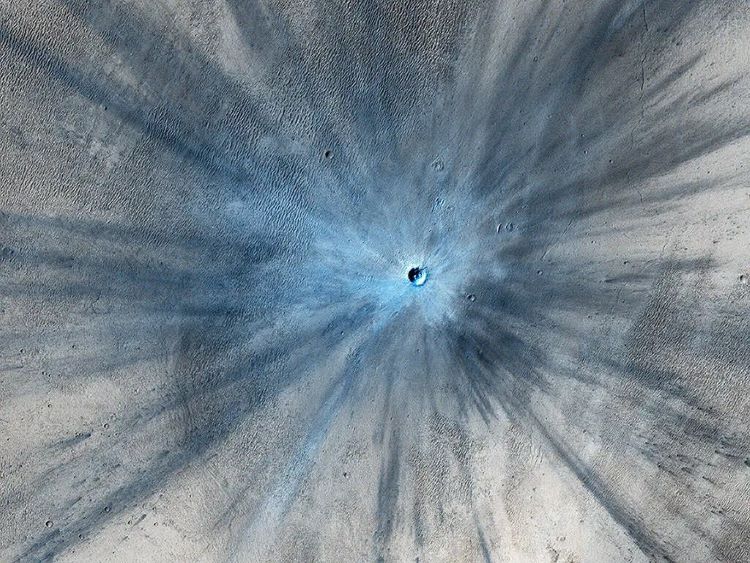
When we look at the Moon, either through a pair of binoculars, a telescope, or past footage from the Apollo missions, we see a landscape that’s riddled with what appear to be massive sinkholes. But these “sinkholes” aren’t just on the Moon, as they are evident on nearly every planetary body throughout the solar system, from planets, to other moons, to asteroids. They are called impact craters and can range in size from cities to small countries.
Continue reading “Impact Craters: Why study them and can they help us find life elsewhere?”Dr. Tracy Becker Honored with 2023 Carl Sagan Medal for Science Communication

This year’s prestigious Carl Sagan Medal, also known as the “Sagan Medal” and named after the late astronomer, Dr. Carl Sagan, has been awarded to Dr. Tracy Becker, who is a planetary scientist in the Space Science Division of the Southwest Research Institute (SwRI) in San Antonio, Texas. The Sagan Medal recipient is chosen by the Division for Planetary Sciences of the American Astronomical Society (AAS) and is meant to acknowledge planetary scientists who are not only active in science communication with the general public but have taken enormous strides in helping the general public better understand, and get excited for, the field of planetary science.
Continue reading “Dr. Tracy Becker Honored with 2023 Carl Sagan Medal for Science Communication”Some Star Systems Create a Planet Sandwich

A recent study presented at the National Astronomy Meeting 2023 (NAM2023) examines a newly discovered planetary formation theory that challenges previous notions on how planets are formed in the disks of gas and dust surrounding young stars, also known as protoplanetary disks. Along with being presented at NAM2023, the study has also been submitted for peer-review to the journal Monthly Notices of the Royal Astronomical Society and holds the potential to help scientists better understand not only how planets form, but how life could form on them, as well.
Continue reading “Some Star Systems Create a Planet Sandwich”Jupiter’s Atmosphere is Surprisingly Hot
Jupiter is a big planet, but it’s still a planet. That means it doesn’t heat itself through fancy mechanisms like nuclear fusion. Its interior is heated through its own weight, squeezing the interior through hydrostatic equilibrium, and its surface is heated mostly by the Sun. Since Jupiter only gets about 4% of the light per square meter that Earth gets, you’d expect its upper atmosphere to be pretty cold. Traditional models estimate it should be about -70 degrees Celsius. But recent measurements show the upper atmosphere is over 400 degrees Celsius, and in the polar regions as much as 700 degrees Celsius. In the words of Ruby Rhod from the movie The Fifth Element, “It’s Hot Hot Hot!”
Continue reading “Jupiter’s Atmosphere is Surprisingly Hot”
